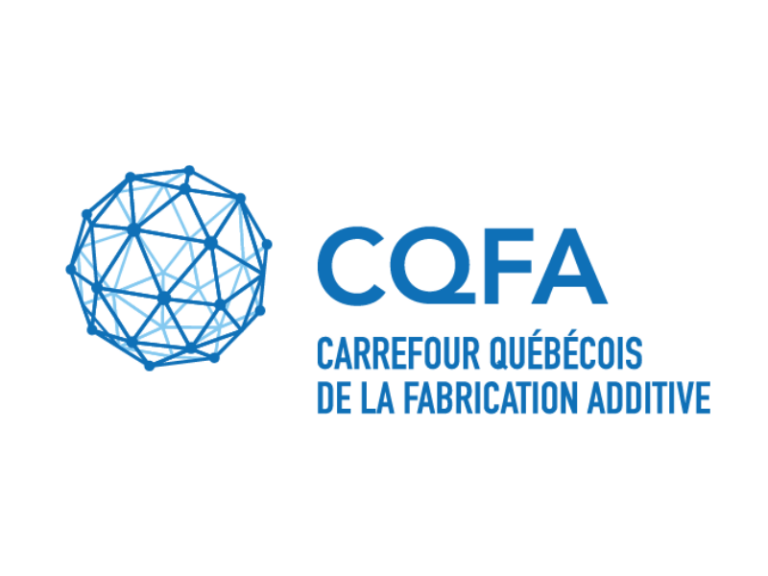
2023/02/14
Maraging Steel Powder Recycling Effect on the Tensile and Fatigue Behavior of Parts Produced Through the Laser Powder Bed Fusion (LPBF) Process
Rayan, O.; Brousseau, J.; Belzile, C.; El Ouafi, A. (2022). Maraging Steel Powder Recycling Effect on the Tensile and Fatigue Behavior of Parts Produced Through the Laser Powder Bed Fusion (LPBF) Process. The International Journal of Advanced Manufacturing Technology, preprint.
Additive manufacturing (AM) has advanced the manufacturing industry and has been employed in a wide range of industrial applications, including in aerospace, automotive, medical and die-casting equipment. To ensure the cost-effectiveness of the AM process, unfused powder must be recycled even if its characteristics may change after each cycle, making essential the validation of powder quality and component mechanical performances. Despite the research published to date, predicting the mechanical performance of printed parts issued from reused powder remains challenging since it is dependent on many AM process variables. Until now, no research has looked at the impact of powder recycling on the fatigue behavior of maraging steel components. This study investigates the impact of maraging steel powder reuse on powder characteristics, as well as on the tensile and fatigue properties of printed components. Our results indicate that the powder particle size distribution increased after eight powder recycling, particle morphology showed the presence of aggregates, broken particles, shattered and deformed particles, while powder apparent density remained constant. Powder reusing had no significant impact on the surface roughness of as-built specimens. Although there was a slight decrease in mechanical properties over reuse cycles, tensile and fatigue performance remained globally stable, while the standard deviation of fatigue stress became narrower after eight cycles. Finally, fractography revealed that the fatigue fracture surfaces of components manufactured from an eight-time recycled powder have more fusion defects and carbon inclusions than the parts made from virgin powder.